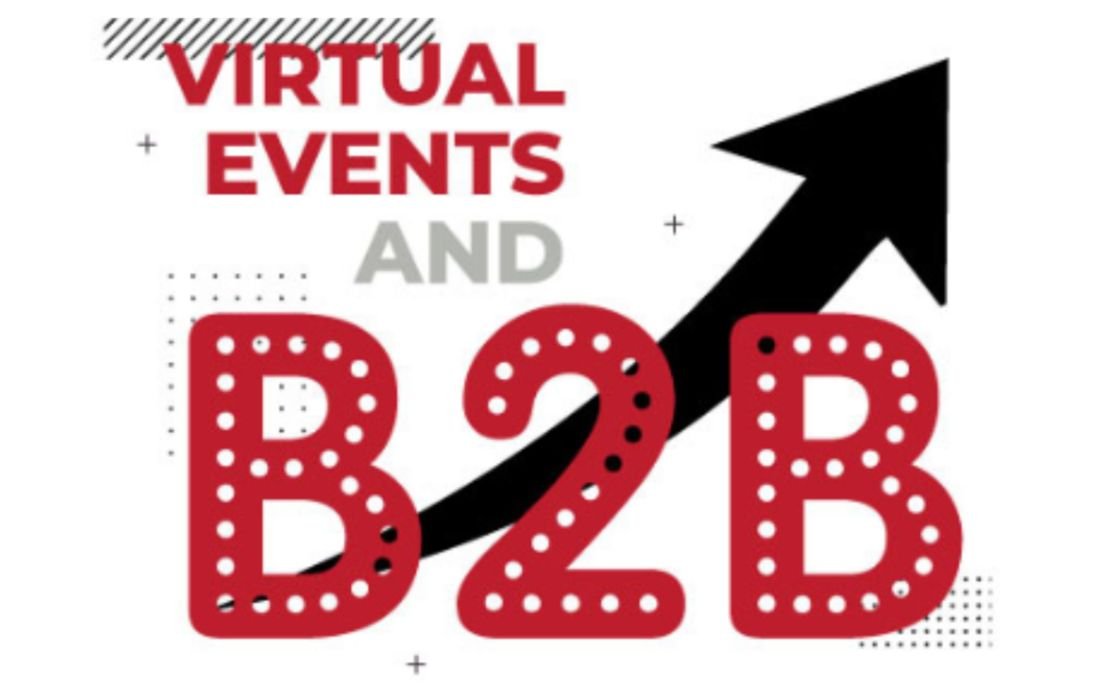In today’s rapidly evolving business landscape, where virtual interactions have become the norm rather than the exception, the realm of B2B marketing is undergoing a profound transformation. The traditional concept of in-person events, such as trade shows, conferences, and seminars, has given way to a new era – one where virtual event is taking centre stage. This paradigm shift is not only redefining the way businesses engage with their target audience but is also reshaping the very essence of B2B marketing strategies. Join us as we delve into the intriguing landscape of the virtual revolution and explore how it’s reshaping B2B marketing.
The Unveiling of a New Era
The Introduction of Virtual Events: The journey begins with a question that reverberates across the B2B landscape: How can businesses connect, engage, and expand their networks in an era where physical gatherings are constrained? The answer lies in the virtual revolution. Virtual events, facilitated by cutting-edge technology, have emerged as the gateway to overcoming geographical barriers and ushering in a new era of immersive interactions.
Navigating the Virtual Terrain Advantages and Challenges
Advantages of Virtual Events
Global Reach, Local Impact: Virtual events transcend borders, allowing businesses to connect with a global audience while tailoring their message to local sensibilities. This global-local fusion opens doors to unprecedented market expansion.
Data-Driven Insights: The digital realm offers a treasure trove of data. With virtual events, businesses can gather insights into attendee behaviour, preferences, and engagement levels, enabling them to fine-tune their marketing strategies with precision.
Cost-Efficiency Redefined: Bid farewell to hefty budgets for physical venues, logistics, and travel. Virtual events significantly cut down costs, making sophisticated marketing endeavours accessible even to smaller players.
Challenges on the Virtual Horizon
Virtual Fatigue: The screen-bound nature of virtual events poses the risk of attendee fatigue. Striking a balance between engagement and not overwhelming the audience is a fine art that marketers must master.
Tech Glitches and Connectivity Woes: In the digital realm, technical glitches can dampen the attendee experience. Ensuring seamless connectivity and troubleshooting technical issues become paramount.
Emulating In-Person Networking: The spontaneity of in-person interactions can be challenging to replicate virtually. Businesses must find creative ways to foster meaningful connections that go beyond the limitations of screens.
Crafting Immersive Virtual Experiences
The Three Pillars of Virtual Engagement
Content Excellence: Compelling content remains the cornerstone of successful virtual events. From expert panel discussions to interactive workshops, delivering value-packed content is non-negotiable.
Interactivity and Engagement: Virtual events can be dynamic and interactive. Features like live Q&A sessions, polls, and networking lounges create a participatory environment that keeps attendees engaged and invested.
Innovation through Technology: Embrace technology as an enabler. From augmented reality product demos to gamification elements, leveraging innovation ensures that virtual events remain fresh, memorable, and impactful.
A Glimpse into the Future: What Lies Ahead?
As the virtual revolution gains momentum, it raises questions that demand thoughtful consideration. How will businesses strike a balance between the digital and physical realms? Can the virtual experience truly replace the tangible connections fostered by face-to-face interactions?
Embracing the Future: Solutions and Strategies
The Hybrid Paradigm: The future likely holds a hybrid approach, where virtual and physical elements converge. This synergistic model preserves the advantages of both worlds, offering flexibility, global reach, and meaningful in-person connections.
Nurturing Human Connections in a Virtual World: While screens can mediate interactions, they can never fully replace the warmth of personal interactions. Businesses must prioritize creating authentic connections, whether virtual or physical.
In Conclusion: The virtual revolution in B2B marketing is more than just a fleeting trend; it’s a transformative force that’s reshaping the very fabric of business interactions. The shift to virtual events opens doors to unparalleled global opportunities while posing challenges that demand ingenious solutions. The path forward lies in embracing the hybrid paradigm and nurturing authentic connections, as we stand on the precipice of a new era where innovation and human touch coalesce. As businesses embark on this journey, the power to redefine B2B marketing lies in their hands, leveraging technology to craft experiences that captivate, engage, and drive meaningful relationships. Remember, the digital landscape is continually evolving, and adaptation is the key to staying relevant and thriving in this dynamic environment. As we navigate this uncharted territory, one thing is certain: the virtual revolution is here to stay, and businesses that embrace its potential will undoubtedly redefine their marketing strategies for years to come.



